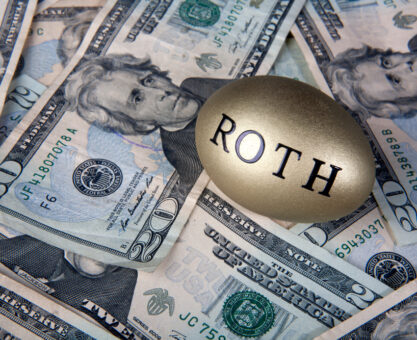Far too many federal retirees are shocked to find how much they owe in federal income taxes in the first year of their retirement. This is because tax withholding is, for many retirees, significantly different for retirement income than it is during your working years.
Filling Out Your W-4P On Your Annuity Payments
During your working years, you can file a W-4 and taxes are withheld from your paycheck. However, it’s different when you retire. When you file a W-4P for your FERS or CSRS annuity, you cannot base your tax withholding on your W-4. Why? Because it won’t cover all of your taxable income when add in your Social Security income and your Thrift Savings Plan (TSP) distributions.
Ask Social Security To Withhold Taxes From Your Monthly Benefit Check
Did you know up to 85% of your Social Security benefits may be taxable depending on your combined retirement income. Since Social Security will not withhold taxes from your benefits unless you submit a request, many retirees are shocked to find how much their benefits are taxed. That’s why it’s important to ask Social Security to withhold taxes when you file for benefits. Or, you can file a form W-4V after you start receiving benefits.
“The big question: is withholding 20% for taxes on TSP distributions enough?”
The TSP Generally Withholds 20% On Your Distributions
Though the Thrift Savings Plan (TSP) withholds taxes at different rates for different types of payments, in general 20% of your distribution is withheld for federal income taxes if you have no Roth funds in your account. Taxable distributions include your contributions, your agency’s contributions, and earnings.
The big question: is withholding 20% for taxes on TSP distributions enough? If not, you can increase the amount withheld by completing the withholding portion of your TSP withdrawal form. If you’ve already started receiving TSP distributions and discover you need to have more withheld, you can file a W-4P.
Another Option: Make Quarterly Estimated Tax Payments To The IRS
Quarterly Payments are due on April 15, June 15, September 15 and January 15. This enables you to spread out your taxes over the course of the year. When you pay as you go, you not only avoid a “tax bomb” when you file your 1040, you also eliminate the possibility of paying a penalty for paying too little tax during the year. According to the IRS, you can avoid this penalty by paying at least 90% of your income tax during the year.
Consider working with an FRC® trained advisor who can help you crunch the numbers.














